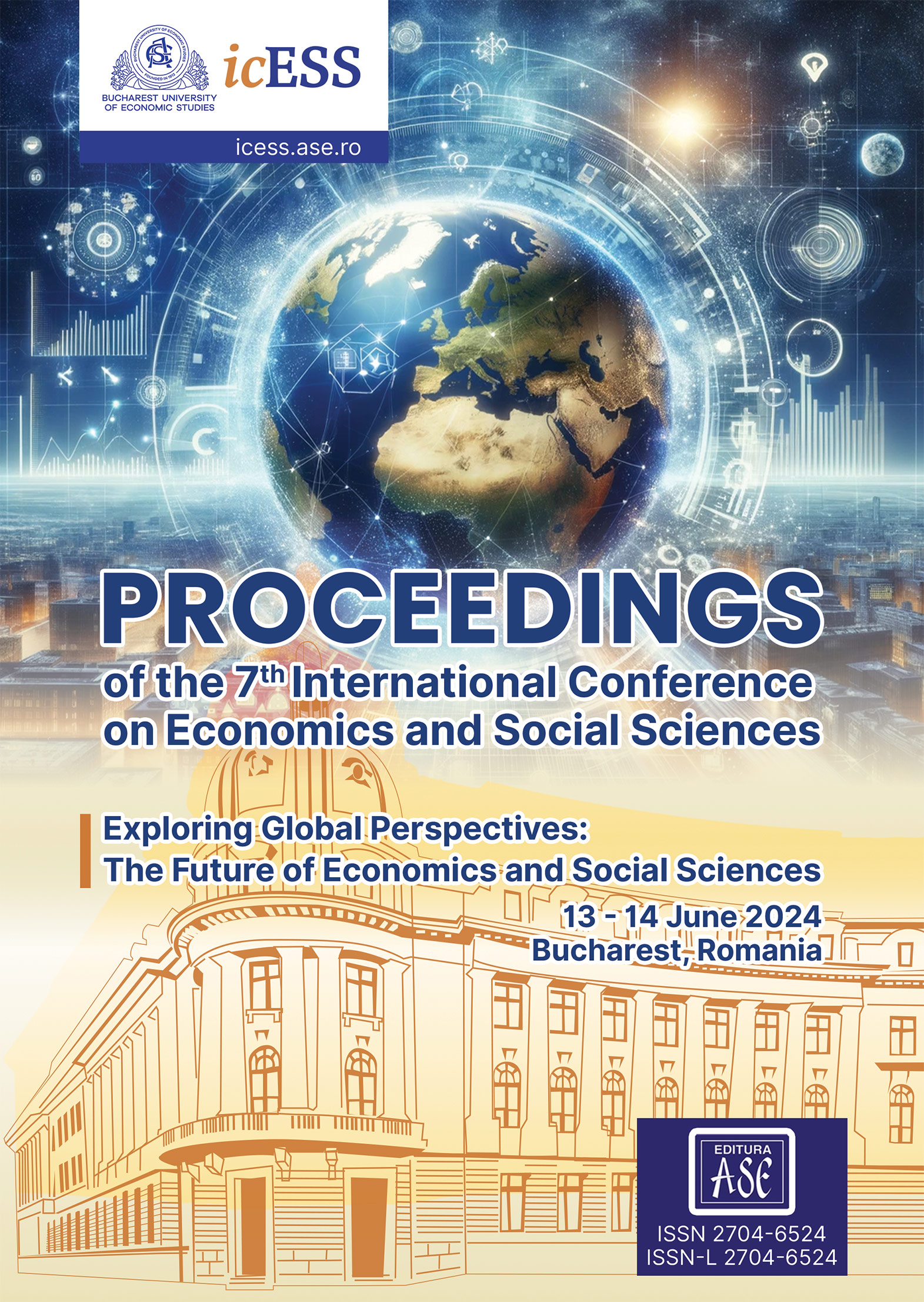Circular Economy as the Pathway to Sustainable Future: A Case Study on ALTRNTV Shop
Circular Economy as the Pathway to Sustainable Future: A Case Study on ALTRNTV Shop
Author(s): Daniela STAICU, Ruxandra Argatu, Andrei BENGASubject(s): Economy, Business Economy / Management, Energy and Environmental Studies
Published by: EDITURA ASE
Keywords: circular economy framework; business in the circular economy; circular manufacturing; Romanian startup; Sustainable Development Goals;
Summary/Abstract: Current societies rely primarily on increased consumption behaviour, this type of conduct being in contradiction with the finite character of resources and the planet’s ability to sustain life. The transition from the linear economy to the circular economy is thus to be desired and, in this sense, ongoing commitment is required from the community and decision makers. At both the European Union level as well as worldwide, various action plans and measurement indicators have been launched to enforce circularity, which stands as a main element of the Sustainable Development Goals. Within this context, this research aims to describe how a circular economy retail business in Bucharest, Romania, aligns with the Circular Economy Monitoring Framework indicators. Moreover, it identifies additional elements of circularity and positive societal impact generated by the business. To achieve the objective, the research methodology utilises qualitative research methods, specifically a descriptive case study. The data was collected through an in-depth interview and from both internal and public information available between 2022 and 2024. To the best of authors’ knowledge, this is a first research on Romanian-based startups in the circular economy, and it maps how much of the circular economy practices can be implemented in the current context in Romania. The analysis allowed us to describe how this startup is supporting the circular economy manufacturing sector and it covers all five large categories of indicators of the Circular Economy Monitoring Framework. Although the intention of this research was not specifically to highlight other significant societal impacts, the in-depth interview responses and the study of various internal and public materials revealed numerous practices with a high social impact. Future research should aim to understand how circular economy practices implemented in businesses create positive social impact.
Journal: Proceedings of the ... international conference on economics and social sciences.
- Issue Year: 6/2024
- Issue No: 1
- Page Range: 547-561
- Page Count: 15
- Language: English

